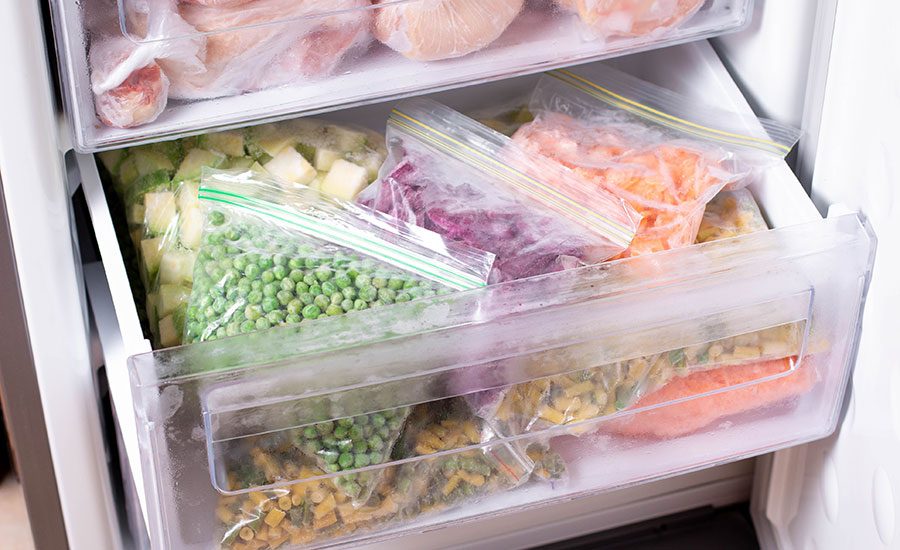Types of industrial freezing methods
Home Improvement February 7, 2023, Comments Off
Industrial freezing is an essential process in many industries such as food, pharmaceutical, and chemical. The purpose of industrial freezing is to preserve the quality and extend the shelf-life of products by slowing down or stopping the growth of microorganisms and enzymes. There are several methods of industrial freezing, each with its own advantages and disadvantages. In this blog, we will discuss the different types of industrial freezing methods.
Blast Freezing
Blast freezing is a rapid cooling process that involves exposing the product to cold air at a temperature of -40°C or lower. The high-speed airflow ensures that the product is quickly frozen, which helps to maintain its texture, flavor, and nutrients. This method is often used in the food industry for items like fruits, vegetables, and seafood.
Tunnel Freezing
Tunnel freezing is a continuous freezing process that uses a conveyor belt to move the product through a refrigerated tunnel. The product is exposed to cold air that circulates around it, causing it to freeze gradually. This method is ideal for large volumes of products and allows for efficient freezing of items like meat, poultry, and ice cream.
Plate Freezing
Plate freezing is a method that uses metal plates to transfer heat from the product to the refrigerant. The plates are cooled by a refrigerant and are positioned in close proximity to the product, which causes the product to freeze quickly. This method is commonly used for items like fruits and vegetables, seafood, and dairy products.
Immersion Freezing
Immersion freezing involves submerging the product in a bath of liquid refrigerant, such as liquid nitrogen. The rapid cooling effect of the liquid refrigerant quickly freezes the product, making it ideal for products that are sensitive to damage during freezing. This method is commonly used for products like ice cream, fruits, and vegetables.
Cryogenic Freezing
Cryogenic freezing involves exposing the product to extremely cold temperatures, typically below -100°C. This method is often used for products that are heat-sensitive or require rapid cooling, such as medical supplies, pharmaceuticals, and delicate food items.
Industrial freezing is a crucial process in
many industries and is performed using various methods, each with its own
advantages and disadvantages. The choice of method depends on factors such as
product type, volume, and desired outcome. It’s important to choose the right
method to ensure the highest quality and preservation of the product.
Industrial freezing process
It’s also important to note that industrial freezing processes require specialized equipment and infrastructure, as well as trained personnel to operate and maintain the equipment. The type of equipment used also depends on the method of freezing being used. For example, blast freezing requires specialized refrigeration units and air handling systems, while cryogenic freezing requires specialized tanks and containers to hold the liquid refrigerant.
In addition to the equipment and personnel, industrial freezing also requires careful monitoring and control to ensure the quality and safety of the product. This includes maintaining consistent temperatures, controlling humidity levels, and ensuring the proper functioning of the equipment.
Another important factor to consider when choosing a method of industrial freezing is energy efficiency. Different methods have different energy requirements and some methods, such as tunnel freezing, are more energy-intensive than others, such as blast freezing. The choice of method should be based on a balance between energy efficiency and product quality.